Shiva Shahrokhi
Steering a Particle Swarm Using Global Inputs and Swarm Statistics
Jun 06, 2017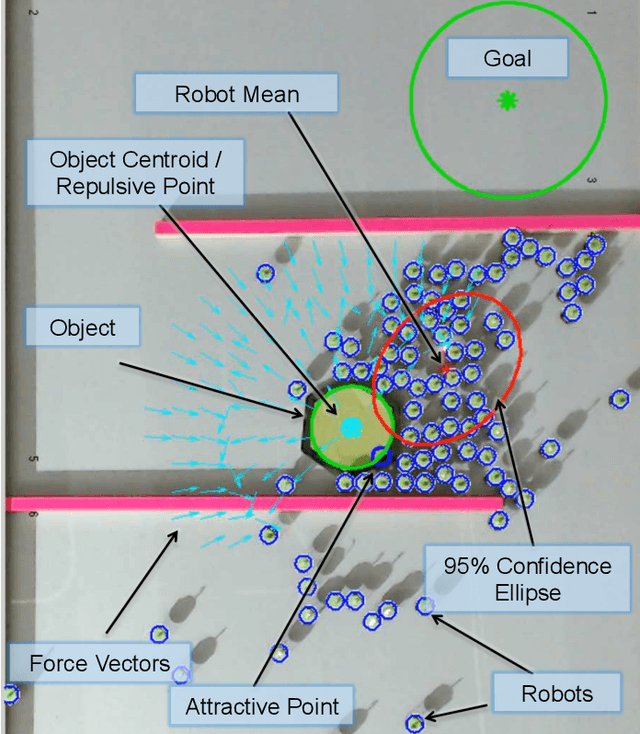

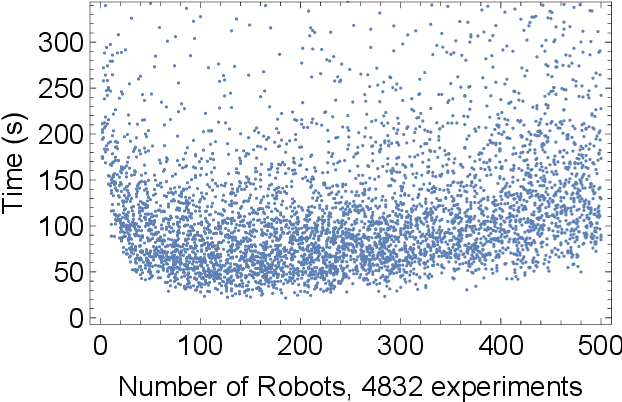

Abstract:Microrobotics has the potential to revolutionize many applications including targeted material delivery, assembly, and surgery. The same properties that promise breakthrough solutions---small size and large populations---present unique challenges for controlling motion. Robotic manipulation usually assumes intelligent agents, not particle systems manipulated by a global signal. To identify the key parameters for particle manipulation, we used a collection of online games where players steer swarms of up to 500 particles to complete manipulation challenges. We recorded statistics from over ten thousand players. Inspired by techniques where human operators performed well, we investigate controllers that use only the mean and variance of the swarm. We prove the mean position is controllable and provide conditions under which variance is controllable. We next derive automatic controllers for these and a hysteresis-based switching control to regulate the first two moments of the particle distribution. Finally, we employ these controllers as primitives for an object manipulation task and implement all controllers on 100 kilobots controlled by the direction of a global light source.
Algorithms For Shaping a Particle Swarm With a Shared Control Input Using Boundary Interaction
Sep 07, 2016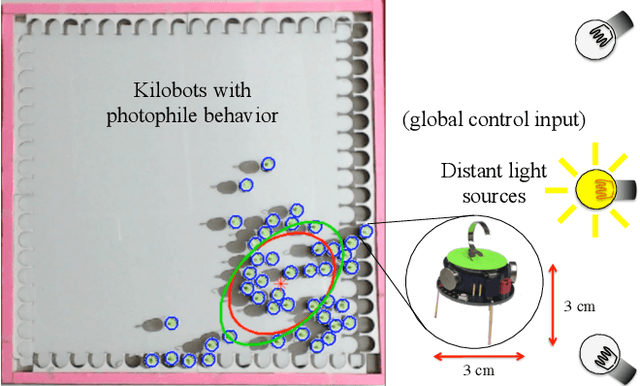
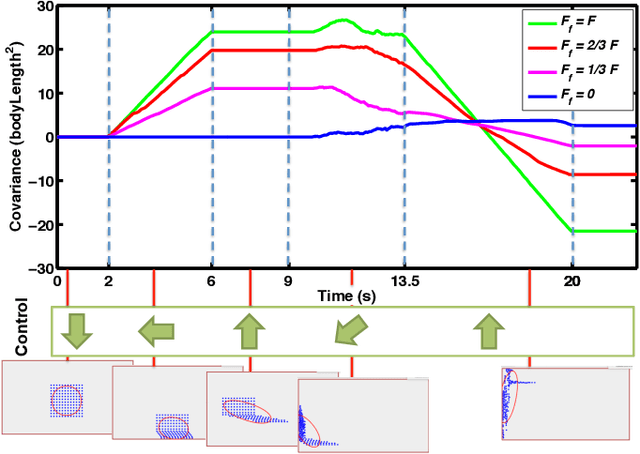
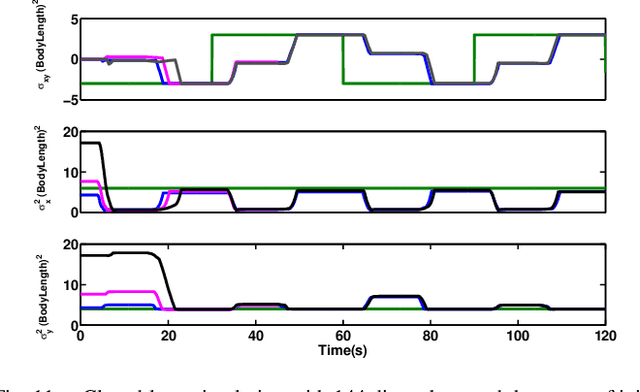

Abstract:Consider a swarm of particles controlled by global inputs. This paper presents algorithms for shaping such swarms in 2D using boundary walls. The range of configurations created by conforming a swarm to a boundary wall is limited. We describe the set of stable configurations of a swarm in two canonical workspaces, a circle and a square. To increase the diversity of configurations, we add boundary interaction to our model. We provide algorithms using friction with walls to place two robots at arbitrary locations in a rectangular workspace. Next, we extend this algorithm to place $n$ agents at desired locations. We conclude with efficient techniques to control the covariance of a swarm not possible without wall-friction. Simulations and hardware implementations with 100 robots validate these results. These methods may have particular relevance for current micro- and nano-robots controlled by global inputs.
 Add to Chrome
Add to Chrome Add to Firefox
Add to Firefox Add to Edge
Add to Edge